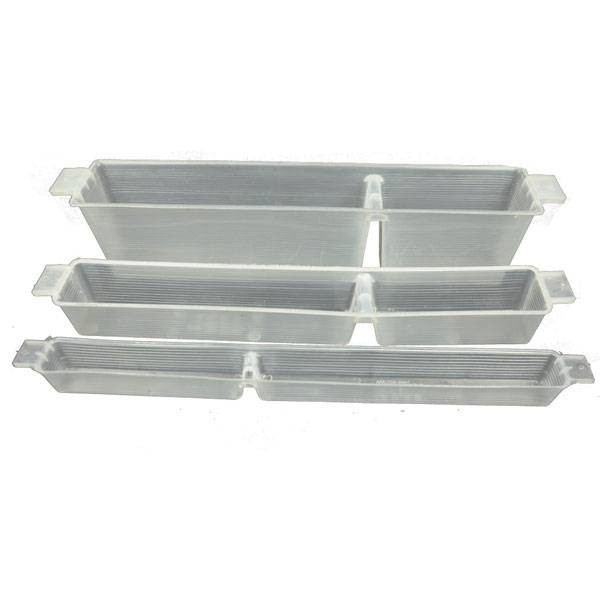When a new bee colony is formed, the first thing they do is build themselves a home. This is no easy task, as they have to construct a wax comb from scratch. The process is very labor intensive and requires a lot of cooperation from the entire colony. Once the comb is built, the bees then have to fill it with honey. This takes even more time and effort, as they have to go out and collect nectar from flowers. The whole process is exhausting and can take weeks or even months to complete.
Their method is simple: they just chew up some wax and start buildingWhen it comes to construction, honey bees are true experts. They can build a intricate and strong honeycomb structure from just a few simple ingredients. All they need is some wax and a little bit of time, and they'll have a brand new home in no time. Not only is their construction method impressive, but honey bees are also able to use their honeycomb for a variety of purposes. It provides them with a safe place to store their honey, and it also serves as a nursery for their young. The honeycomb is truly a marvel of nature, and it's all thanks to the hard-working honey bees.
Bees collect nectar from flowers to make honey. They also use it to build their combs. The energy to build the comb comes from the flowers. When there are no flowers in bloom, bees who have keepers are usually given sugar syrup.
The beekeeper also helps the bees by giving them a place to live and by keeping them healthy.
A good rule of thumb for the ratio of sugar to water for a bee feeding mixture is 2:1 or 1:1. This means that for every 2 parts sugar, there is 1 part water. This ratio will vary depending on the type of sugar and the temperature, but this is a good starting point.
This can help the bees get started on the right foot1 part sugar to 1 part water is the ratio that beekeepers use to make a syrup that will help feed their brand new bees in the spring. This ratio attempts to mimic the nectar that bees would find in the wild as closely as possible. By providing this food source, it helps the bees get started on the right foot and maximizes the chance of survival.
The other mixture is 2 parts sugar to 1 part water, which is a thick syrup used traditionally in the fall.
When feeding syrup during the winter or fall, the goal is for the bees to store the syrup quickly so they can have it available before winter comes. This means that the syrup needs to be high in sugar content and free of impurities. The best way to achieve this is to use commercially available white sugar, which has a high sugar content and is free of impurities.
This syrup is for the bees to eat during the winter, not for them to build comb or to raise bees. The ingredients are just sugar and water, so it's not going to provide the bees with everything they need to survive the winter. If you're looking to help the bees, consider getting them a feeder and filling it with this syrup.
Thick syrup is easier for the colony to store and will last longer. It is also less likely to spoil, so the colony will be able to enjoy it for a longer period of time.
The bees work hard enough as it is to gather the nectar and make honey. If the nectar is too thick, it will take them longer to process it and they won’t be able to store as much.
If you end up feeding your bees thick sugar water during the spring or summer, they will process it quickly and store it in their hive, just as they would with 1:1 or thin syrup. However, this type of syrup is much more likely to crystallize, so it's important to check on it regularly and feed your bees fresh syrup as needed.
If the syrup is too runny, it will likely just drip right through the comb and the bees will have to work extra hard to fix the mess. If you accidently feed your bees too much syrup, don't worry. They will store it quickly in their nest and may even backfill their nest with the syrup. If the syrup is too runny, it will likely just drip right through the comb and the bees will have to work extra hard to fix the mess.
When feeding bees thin syrup, they are supposed to feel like spring is in the air and it will encourage them to build comb and raise bees. This is because the syrup is a good source of energy for the bees and will help them to get through the colder months.
Bees are able to process thick syrup just fine, though it may take them a bit longer to do so. The bottom line is that there isn't a quick and straight answer, but bees can still handle thick syrup without any problems.
As the weather begins to warm up in the spring, the bees become more active and are able to process the thick syrup more quickly. This is because there are more bees and the weather is more conducive to their activity.
Both processes - measuring and weighing - are accurate ways to make sure you have the right amounts of sugar and water. Weighing and measuring are both accurate ways to ensure you have the right amount of sugar and water for making honeycomb. It doesn't matter which method you use, as long as you end up with the correct proportion of sugar to water. The bees will turn the sugar syrup into honeycomb regardless of how it was measured.
A paint mixer like this is great for mixing together large batches of syrup. It's quick and easy to use, and it makes the process of making syrup much more enjoyable. Trust us, if you're making more than a gallon of syrup at a time, this is the mixer to use.
This chart was designed based on data from a hive scale and is a good guide for knowing how much feeding sugar syrup will help a colony of bees. There is some variation from hive to hive, but this is should help you know how much to feed your bees. The current price of sugar will change significantly from when this graph was created, so keep that in mind when you're deciding how much to feed your bees.
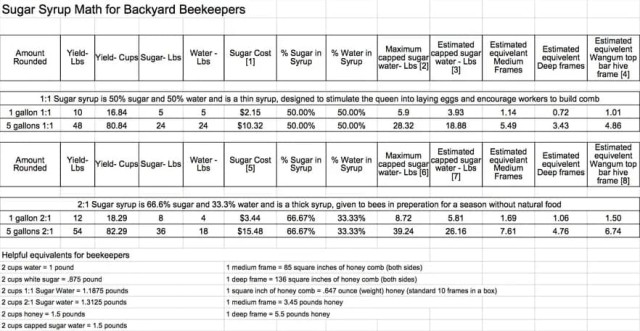
Bee Feeder
Plastic Queen Cage Wholesale
For safely introducing a queen to a new colony. The plastic queen cage suspends between frames and features mesh holes large enough to fee the queen during introduction.
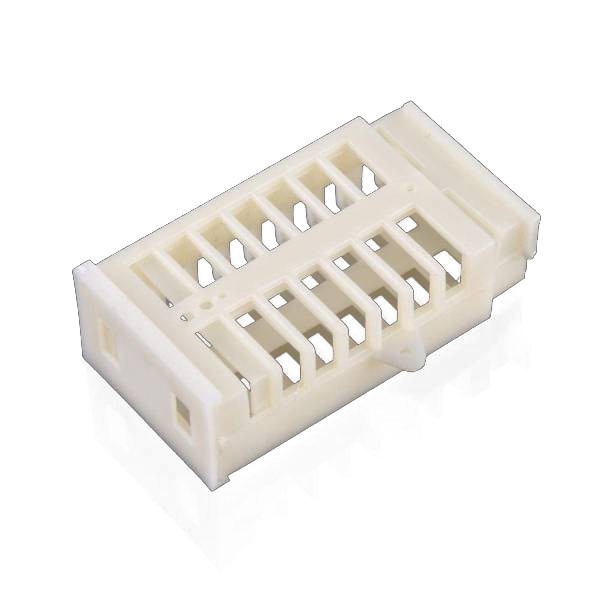
Boardman Entrance Bee Feeder Wholesale
This boardman Entrance Bee Feeder allows you to use your own Mason type jar or 5 lb. (2.27 kg) round jar for feeding at the entrance of your hive.
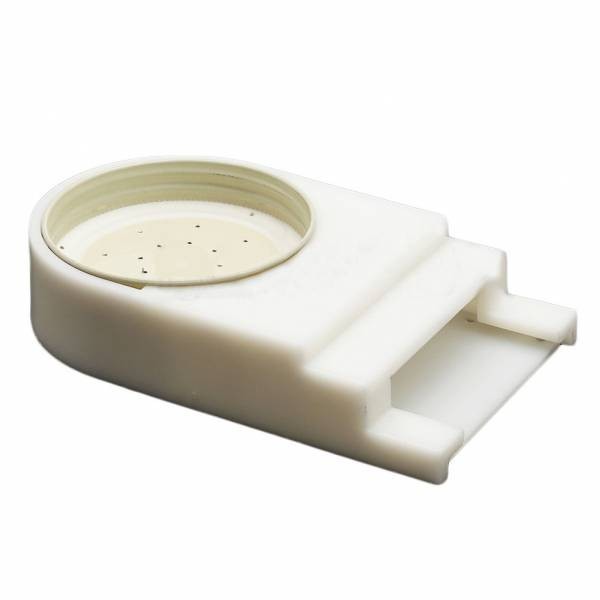
Portable Bee Entrance Feeder Wholesale
The bee entrance feeder is a popular device consisting of a small inverted jar of syrup that sits in a contraption at the entrance to the hive.
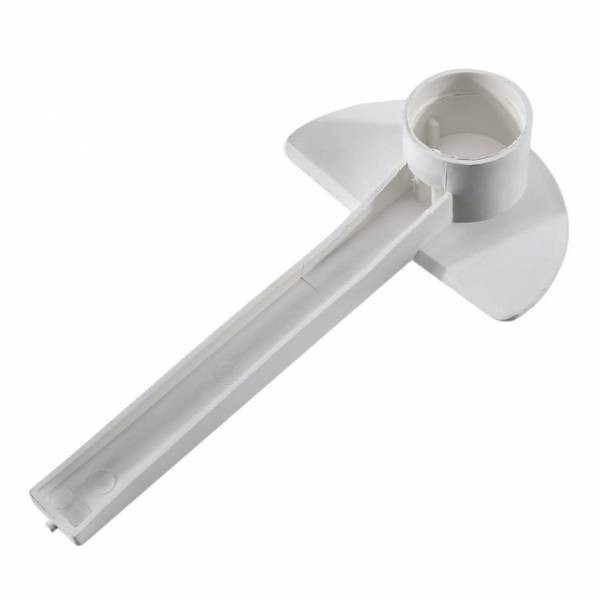
Bee Frame Feeder Wholesale
This plastic bee frame feeder is a narrow vessel resembling a standard frame that is placed in the upper deep-hive body, replacing one of the wall frames.
